Get in Touch With Us
While they contribute significantly to nutrient cycling and ecosystem health. Certain species of Ants can also cause challenges for human activities and health.
Most Common Ants Species in Malaysia
Guide to Ants in Malaysia
Ants are a fundamental component of Malaysia's rich biodiversity, contributing significantly to the ecosystem's balance. As narrow waist social insects, they play vital roles in soil aeration, decomposition, and seed dispersal. Furthermore, their diverse behaviours and interactions with other organisms, including humans, highlight both their ecological importance and the challenges they pose in urban environments. Understanding the variety and their behaviour in Malaysia is essential for developing effective pest management strategies.
They are more than just pests, they are valuable participants in Malaysia's ecosystems. Their significance in soil health, plant growth, and even as prey for other animals. Highlighting the importance of finding solutions that protect both human interests and the ecological integrity of the environment. As we advance our understanding, we can forge a path towards sustainable coexistence for future generations.
URGENT RESPONSE
The Lifecycle, Dietary & Habitat
Ants Behaviour and Ecology
They exhibit fascinating behaviours and social structures that underscore their success as a species. Worker ants, which make up the majority of the ant colony, are responsible for various tasks. Such as foraging for food, defending the nest, and caring for the queen's larvae.
Colony Structure and Roles
Their colonies typically include three main castes: the queen, workers, and drones. The queen's primary role is reproduction, while worker perform different duties base on their age and size. Often taking on foraging, nest maintenance, or guarding roles. In some species, like fire ants live in colonies with multiple queens, which increases reproductive capacity and colony resilience.
Ecosystem Contributions
They contribute significantly to the ecosystem by facilitating nutrient cycling, aerating the soil, and controlling pest populations. Their interactions with plants and other insects can promote biodiversity. Some species forms mutualistic relationships with aphids, working together male ants myrmecocystus protect, in exchange for honeydew, sugary secretion.
Nesting Preferences and Food Sources Habits
Nesting and Food Sources
They establish nests in a wide variety of environments, including soil, wood, leaf litter, and even human structures. The type of habitat chosen often depends on the species and environmental conditions. Nests can range from simple underground tunnels created by pavement ants to elaborate structures built by leafcutter ants. Carpenter ants create intricate tunnels in wood, while ghost ants often build nests in the nooks of walls.
The location of the nest can influence food sources and foraging behaviour markedly. These species are generally omnivorous and their diets vary widely based on species and available resources. Leafcutter species primarily consume their cultivated fungi, while fire ants are aggressive scavengers, searching for proteins and sugars. Many feed on a diverse diet that includes nectar, seeds, or other insects.
Their preference for particular food sources influences their foraging behaviour and interactions with other species in their environment. Their foraging behaviour often leads them to discover and exploit food sources efficiently. For instance, sugar-rich substances like fruit or honeydew can attract various species. This behaviour not only aids in sustaining their colonies but can also impact local ecosystems by facilitating nutrient distribution.
Contact Professional Help for Ants Control Services
Challenges with Ants
Despite their crucial ecological roles, certain species can pose significant challenges for humans, particularly in urban areas. By implementing integrated pest management (IPM) strategies, which include monitoring, habitat modification, and sustainable control methods. Communities can effectively balance human needs with environmental conservation.
Recognising that ants are integral to natural processes underscores the necessity of thoughtful and effective ant control measures. to maintain a harmonious interplay between human activities and the natural environment.
Here are some common issues associated with specific species:
Fire Ants (Solenopsis)
Particularly notorious for their painful stings, which can lead to allergic reactions in some individuals. These aggressive species can swarm and defend their nests vigorously. Resulting in dangerous encounters during outdoor activities, especially for children and pets. Their presence can limit recreational use of outdoor spaces and potentially lead to medical emergencies.
Ghost Ants (Tapinoma melanocephalum)
They invade homes, creating hygiene issues and discomfort for residents. Their small size allows them to enter tiny crevices, making them difficult to control. Managing infestations requires vigilance, as they can quickly spread throughout a property.
Pharaoh Ants (Monomorium pharaonis)
Poses a unique challenge in healthcare settings. Their ability to rapidly form colonies and occupy various environments, including sterile areas. Their presence in hospitals and food establishments raises serious concerns regarding health and sanitation, making effective pest control essential.
Carpenter Ants (Camponotus)
They do not consume wood but excavate it, which can lead to structural damage in homes and buildings, especially in damp wood. Identifying and controlling them early can help prevent extensive damage and costly repairs.
Common Ant sSpecies in Malaysia
Ants Species in Malaysia
Malaysia is home to an array of species including bees and wasps, each exhibiting unique features and ecological functions. These diverse ant species exemplify the ecological richness of their presence in Malaysia and varied roles in the environment. Some prominent species include:
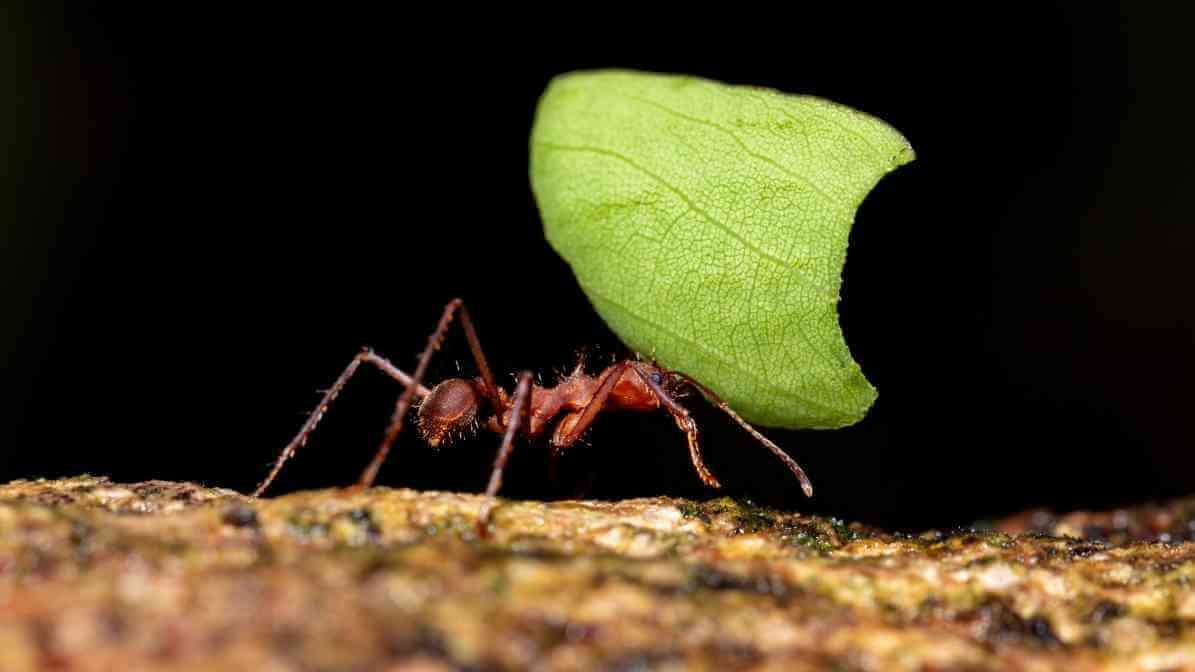
Leafcutter Ants (Atta)
They possess a remarkable ability to cut and collect leaves to cultivate fungi, serving as their primary food source. These species have complex social structures and can form massive colonies, contributing to nutrient cycling in their ecosystems.
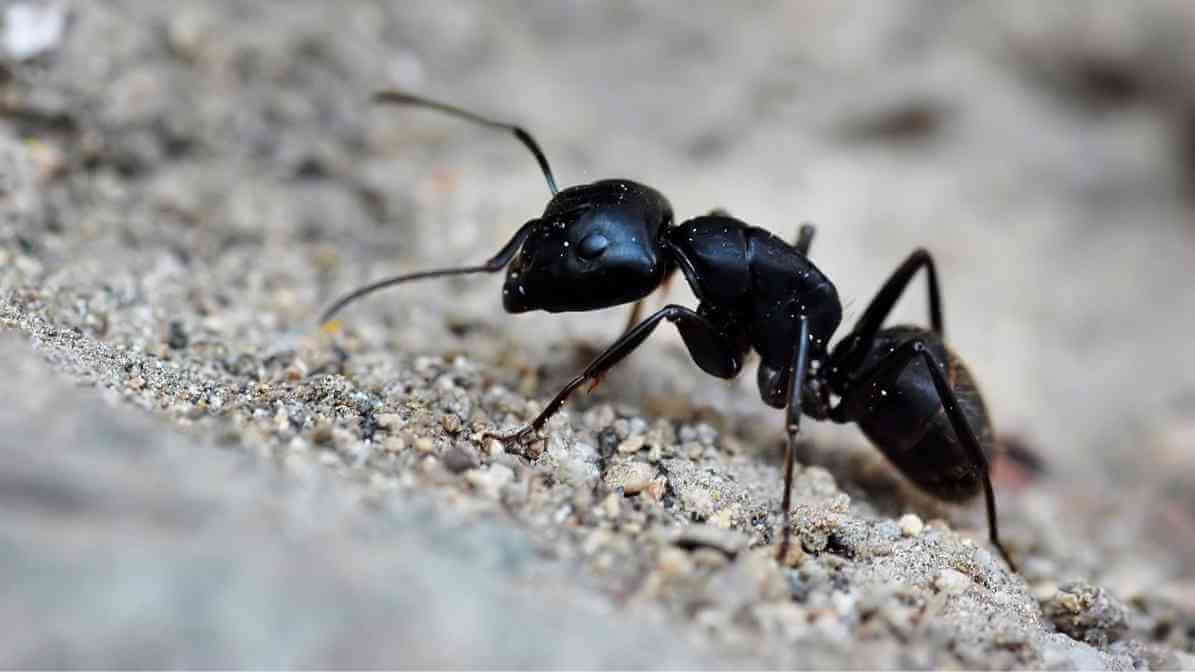
Black House Ant (Ochetellus)
Common in urban areas, these species often found foraging in homes and gardens. They are small, dark, and typically create nests in wall cavities, soil, or under paving stones. Their presence can indicate food sources nearby, making them frequent visitors in kitchens.
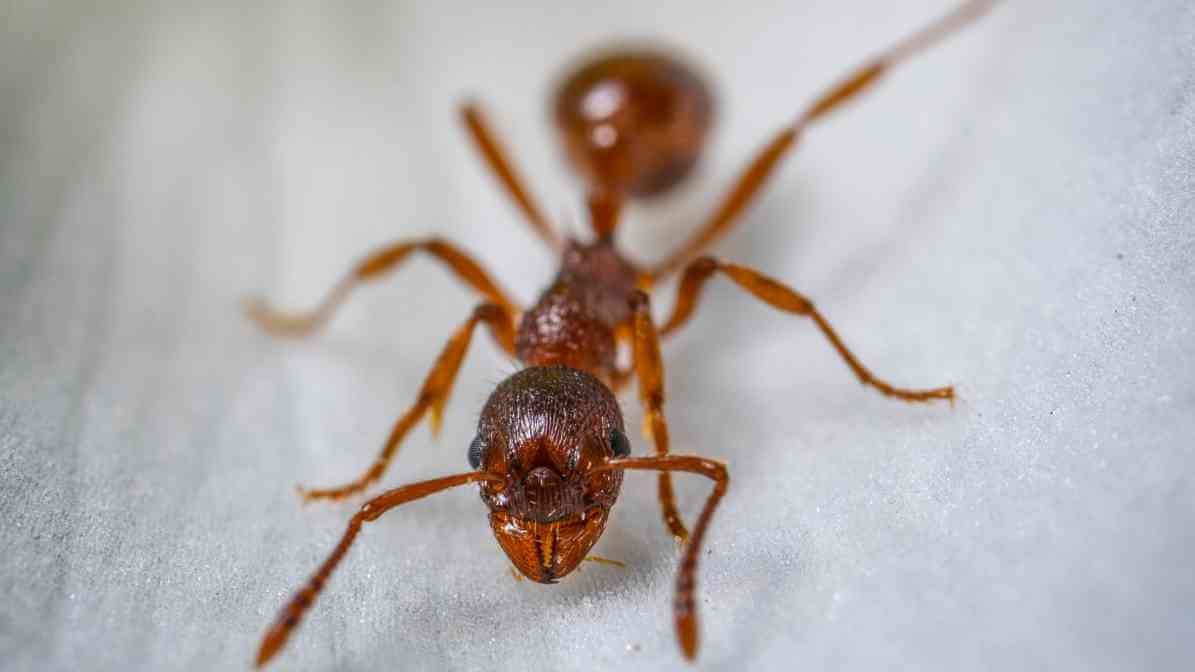
Fire Ant (Solenopsis)
Notorious for their painful stings, which can cause serious discomfort and allergic reactions. They establish large colonies and aggressively defend their nests, making them a concern for human safety in outdoor settings.

Ghost Ant (Tapinoma melanocephalum)
Identifiable by their pale bodies and dark heads, often in homes and gardens. They are nocturnal foragers and form extensive colonies, feeding on honeydew and a variety of other food sources.
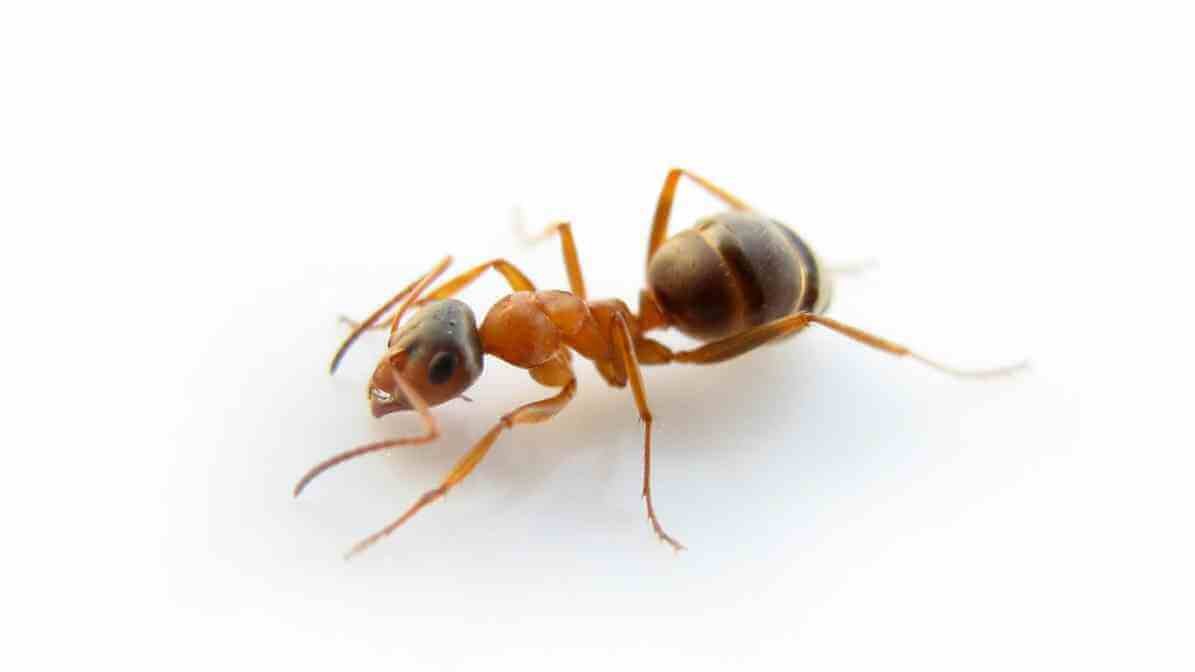
Odorous House Ant (Tapinoma sessile)
This species emits a distinct smell when crushed, which can help identify its presence. Often found indoors, particularly in kitchens, where they search for sugary substances.

Pharaoh Ant (Monomorium pharaonis)
Small and can easily invade human habitats, commonly in hospitals and homes. Tricky to control as they are capable to form multiple colonies and their preference for sweet substances.
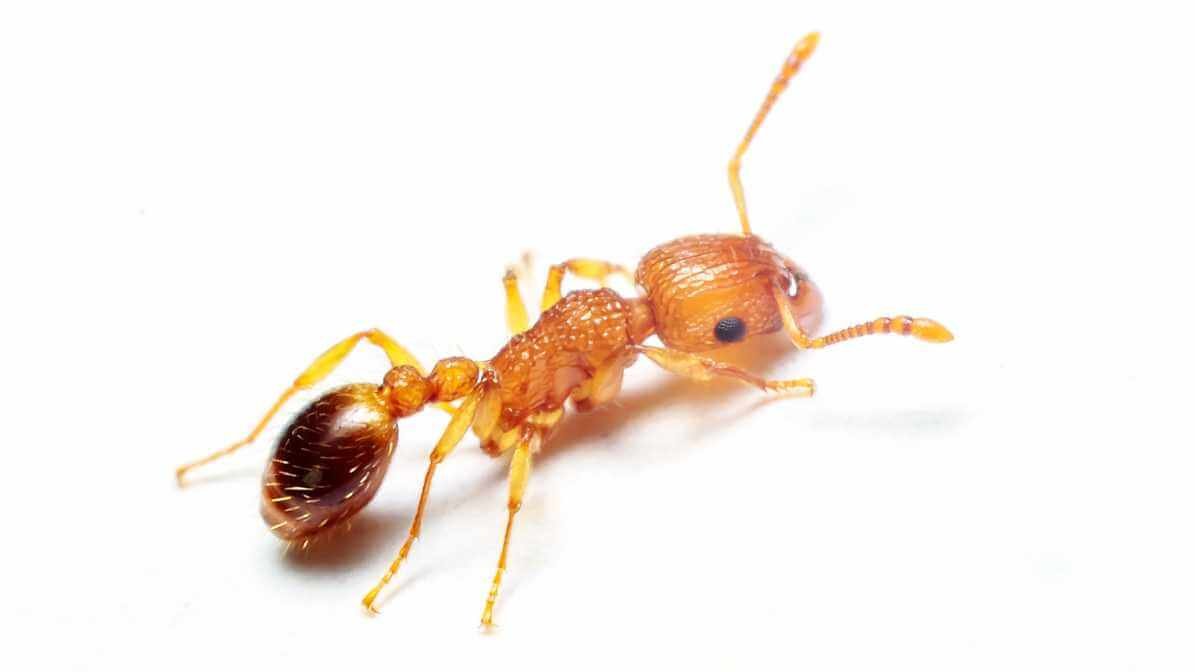
Crazy Ant (Paratrechina longicornis)
Known for their erratic movements and adaptability to urban environments. They can displace local species and are often in large colonies, making them a concern for biodiversity.
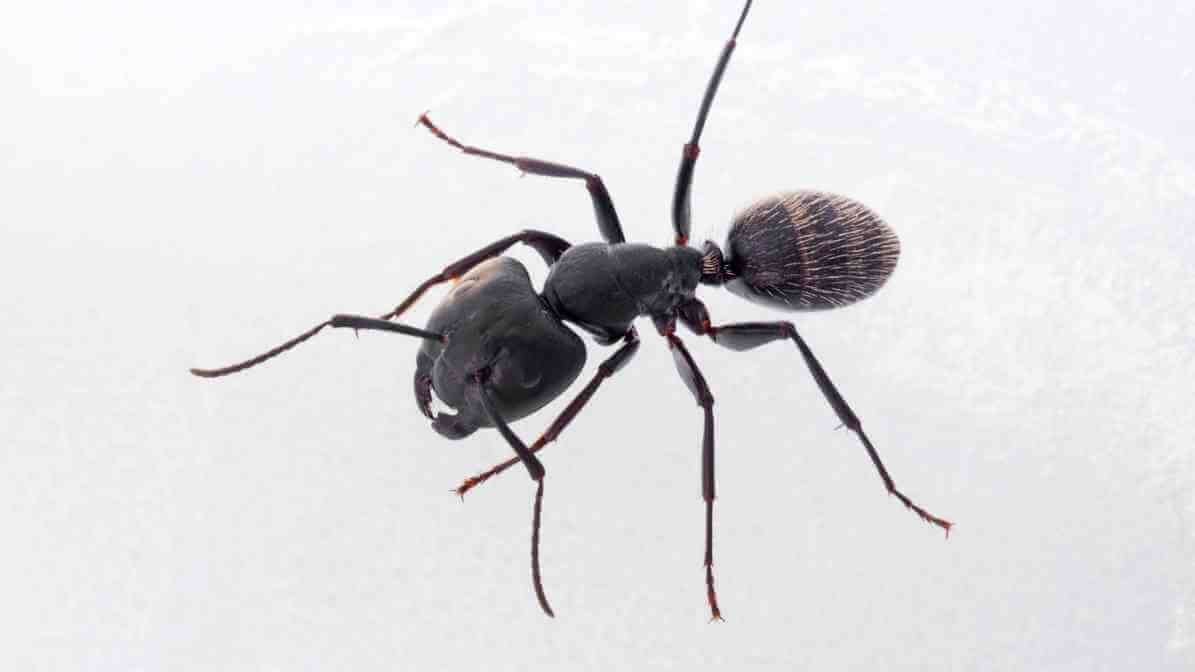
Carpenter Ant (Camponotus pennsylvanicus)
Carpenter ants nesting habits are commonly by creating tunnels in decayed wood rather than consuming it. Playing an essential role in breaking down dead decaying matter, aiding in forest health.
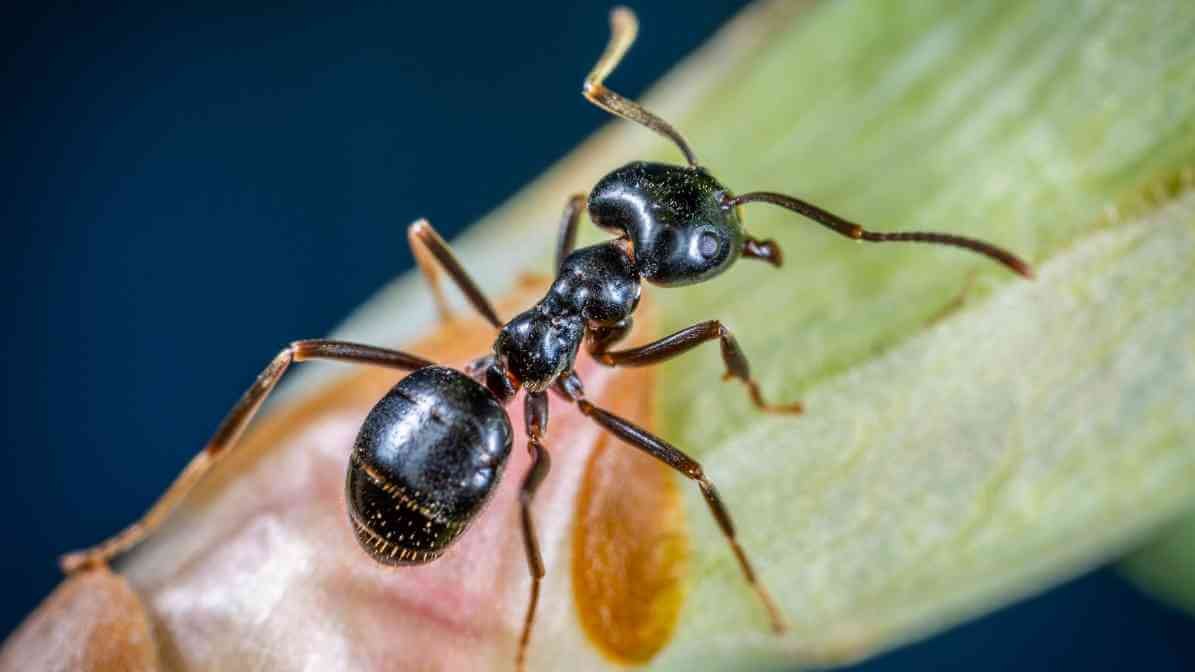
Pavement Ant (Tetramorium caespitum)
As their name suggests, pavement ants live building nests in cracks in pavements and sidewalks. They are scavengers, feeding on a variety of food sources, and can disrupt urban landscaping.
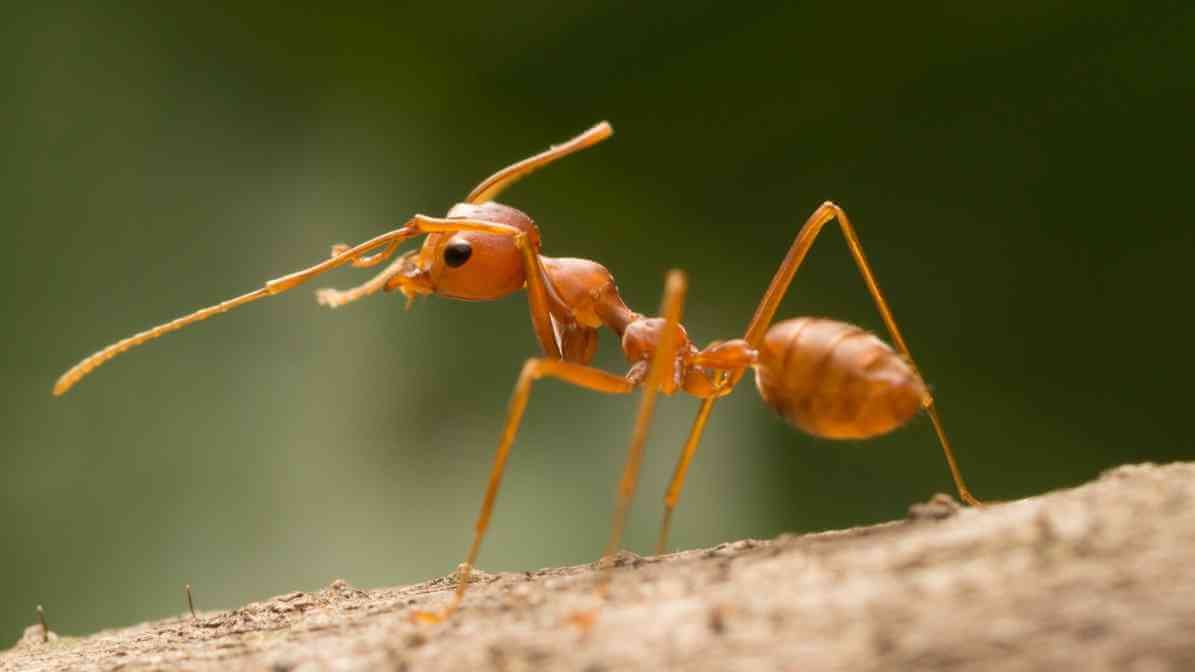
Weaver Ants (Oecophylla)
These remarkable species known for their nest-building skills and cooperative behaviour. They weave leaving together using silk produced by their larvae, creating intricate nests in trees.
Contact Us
We love to talk pest. From guiding you on the identification of the pest to solving your pest problems. No job is too small or too big for us. Call us today for more info.

